공룡위석(Dino Gastroliths)060916 

| 국내/해외배송 | |
|---|---|
| 배송비 방법 | 택배 |
| 배송비 | 4,000원 (50,000원 이상 구매 시 무료) |
| 수량 |
|
| 상품 정보 | 가격 | 삭제 |
|---|---|---|
| [총 상품금액(수량)] 0 (0개) | ||
일반명 : 공룡위석(Dino Gastroliths)
영명 : Gizzard stones
지질시대 : 중생대 쥬라기(Jurassic)
원산지 : Wyoming, USA.
통상적으로 위석은 용각류(Sauropods/초식공룡의 일반적인 총칭)의 위에서 소화를 도와주는 것으로 알려져 있다. 이들은 음식물이 위속으로 들어오면 돌(위석)과 음식물과의 마찰로 소화를 돕는 기능을 하는 것으로 알려져 있다. 많은 자료에도 불구하고 이들이 위에서 이 기능을 했는지 아니면 닭처럼 별도의 공간에서 이 기능을 했는지는 정확하게 알 수 없다.
개인적인 생각이지만 위에서 이 기능을 수행했다면 공룡의 똥 속에는 매우 많은 자갈이나 돌맹이(?)가 수시로 배설됐을 것이고 이로 인해 먹기도 바뿐 공룡이 돌맹이 찾다가 굶어 죽이 않았을까 하는 생각이 들어서 그렇다. 몇 년전 투산에 가기 전에 쿼치사이트라는 화석을 파는 곳에서 공룡똥 화석 속의 위석을 판매했다는 현지인에게 들은 적은 있다. 그러나 이것은 수많은 똥화석 중의 한점이 발견된 것이므로 확대해석하기는 어려울 것으로 보인다. 여하간 위석은 우리 같은 포유류입장에서는 영화 같은 예기일 것이다.
위석을 구분하는 방법은 오랬동안 소화액 속에서 살아가므로 산에 노출되어서 산에 의한 반응 흔적을 확인하는 것이 유일한 방법이다. 물론 공룡뼈와 같이 발견되는 것이 더욱 확실하지만…
A gastrolith, also called a stomach stone or gizzard stones, is a rock held inside a gastrointestinal tract. Gastroliths are retained in the muscular gizzard and used to grind food in animals lacking suitable grinding teeth. The grain size depends upon the size of the animal and the gastrolith's role in digestion. Other species use gastroliths as ballast. Particles ranging in size from sand to cobbles have been documented.
Geologists usually require several pieces of evidence before they will accept that a rock was used by a dinosaur to aid its digestion. First, the stone must be unlike the rock found in its geological vicinity. Secondly, it should be rounded and polished, because inside a dinosaur's gizzard any genuine gastrolith would have been acted upon by other stones and fibrous materials in a process similar to the action of a rock tumbler. Lastly, the stone must be found with the bones of the dinosaur which ingested it. It is this last criterion that causes trouble in identification, as smooth stones found without context can (possibly erroneously in some cases) be dismissed as having been polished by water or wind. Christopher H. Whittle (1988,9) pioneered scanning electron microscope analysis of wear patterns on gastroliths. Wings (2003) found that ostrich gastroliths would be deposited outside the skeleton if the carcass was deposited in an aquatic environment for as little as a few days following death. He concludes that this is likely to hold true for all birds (with the possible exception of moa) due to their air-filled bones which would cause a carcass deposited in water to float for the time it needs to rot sufficiently to allow gastroliths to escape.
Gastroliths can be distinguished from stream- or beach-rounded rocks by several criteria: gastroliths are highly polished on the higher surfaces, with little or no polish in depressions or crevices, often strongly resembling the surface of worn animal teeth. Stream- or beach-worn rocks, particularly in a high-impact environment, show less polishing on higher surfaces, often with many small pits or cracks on these higher surfaces. Finally, highly polished gastroliths often show long microscopic hairline scratches, presumably caused by contact with a sharp corner of a freshly swallowed stone. Since most gastroliths were scattered when the animal died and many entered a stream or beach environment, some gastroliths show a mixture of these wear features. Others were undoubtedly swallowed by other dinosaurs and highly polished gastroliths may have been swallowed repeatedly.
Psittacosaurus fossil with gastroliths in its stomach region, American Museum of Natural HistoryThe American Museum of Natural History Photograph # 311488 demonstrates an articulated skeleton of a Psittacosaurus mongoliensis, from the Ondai Sair Formation, Lower Cretaceous Period of Mongolia, showing a collection of about 40 gastroliths inside the rib cage, about midway between shoulder and pelvis.




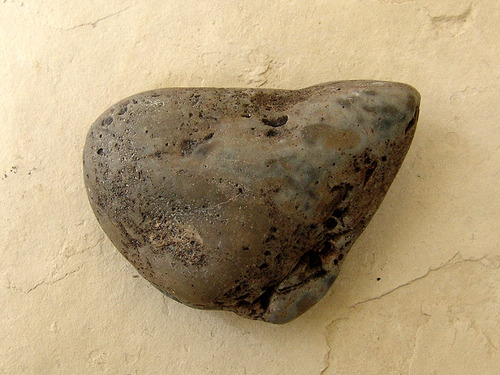
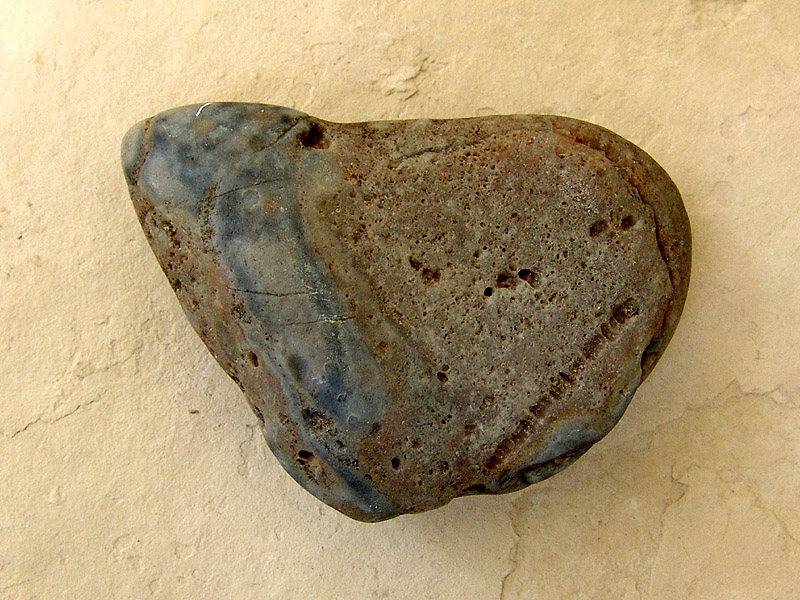
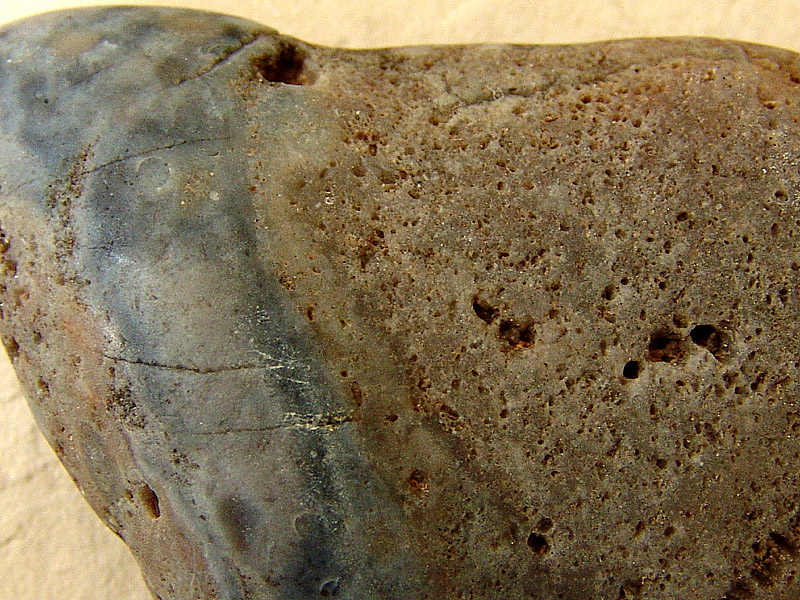
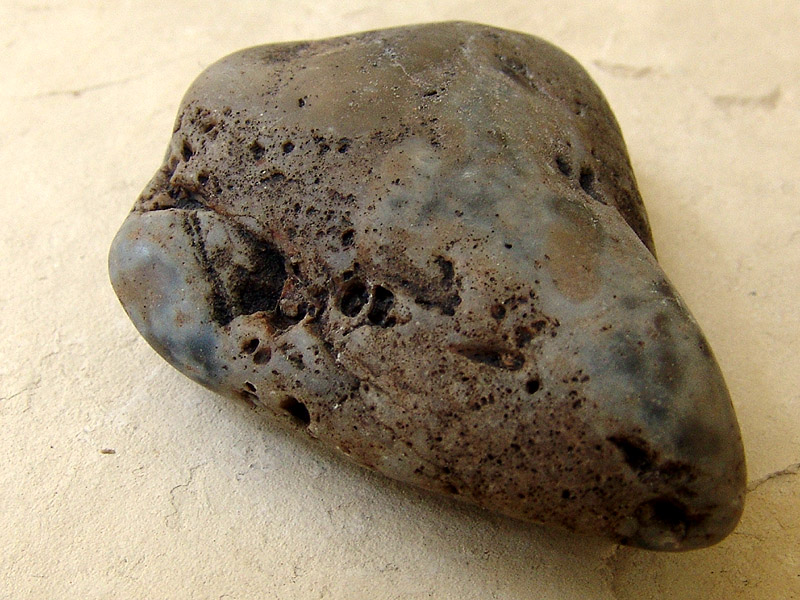
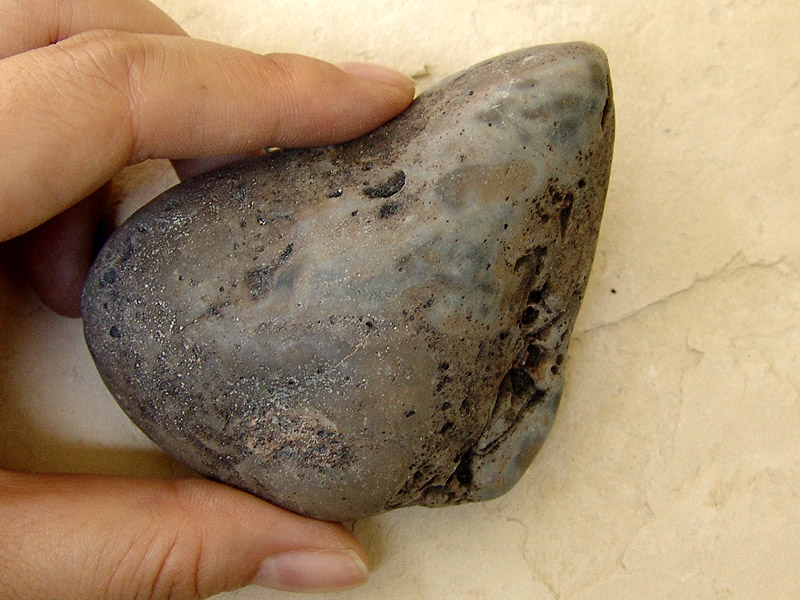









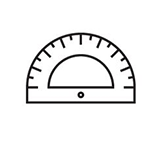
 확대보기 및 상세정보
확대보기 및 상세정보